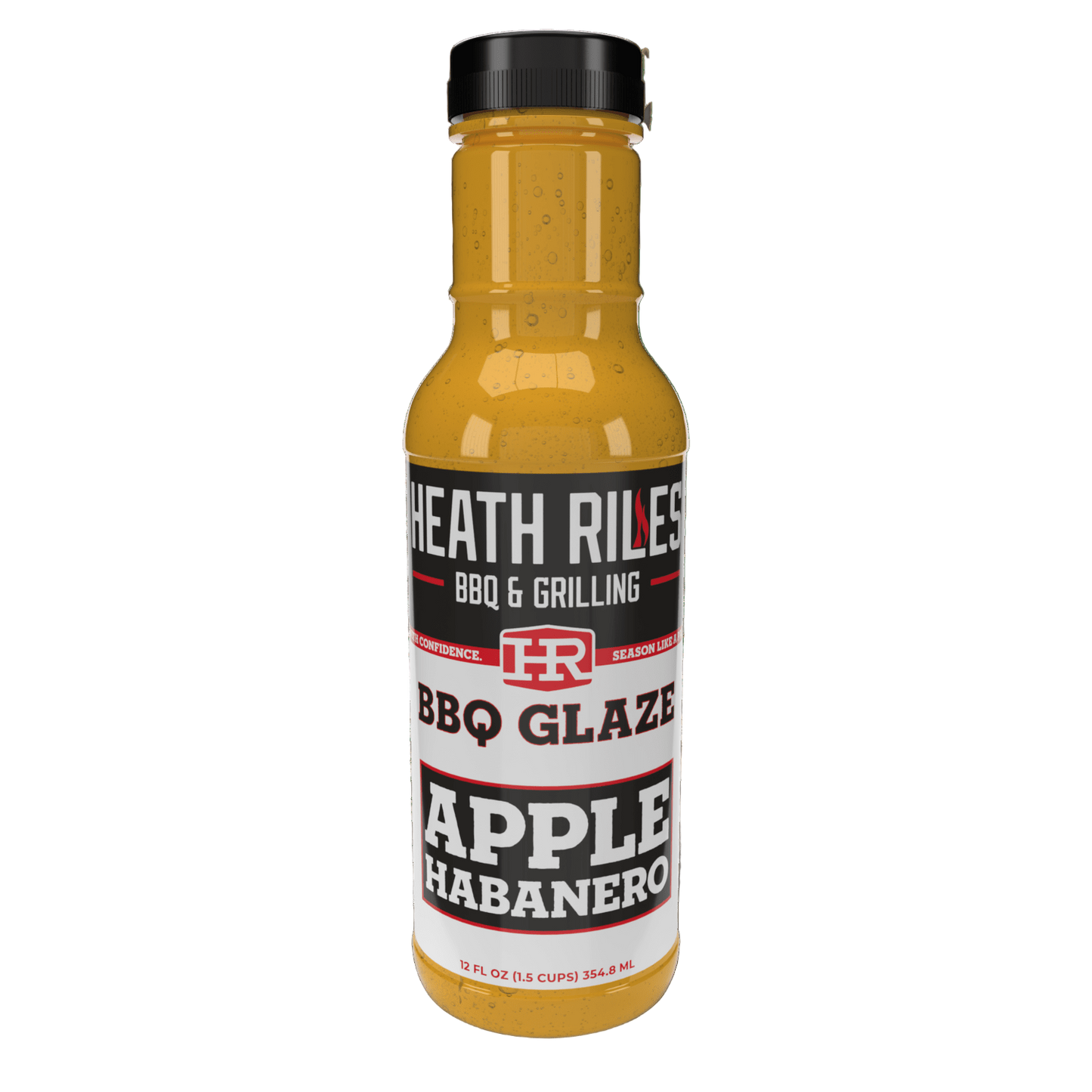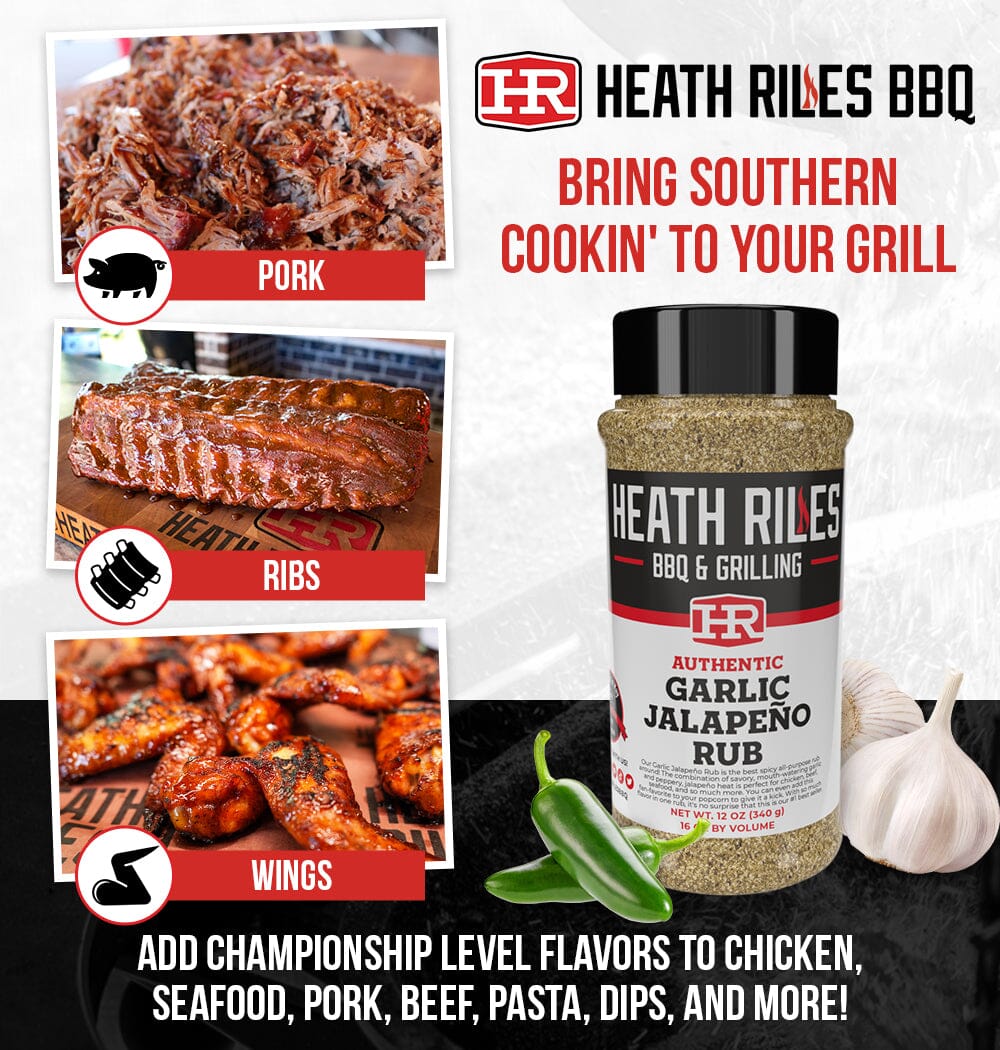
Have you ever wondered how a hot and fast pork butt compares to one cooked low and slow? I’m here to answer this burning question! Plus, I’m sharing two tasty recipes that ensure either method turns out delicious.
Both recipes use the same ingredients, but the end result is entirely different. The great thing about BBQ is that there are recipes that fit everyone’s unique taste. Whether you prefer taking it slow or taking a chance, one of these pork butt recipes will make your day!
Hot and Fast vs. Low and Slow Pork Butt
When it comes to cooking pork butt, anything goes! These recipes use a tried-and-true combination of rubs and sauce for one mind-blowing result. If you’re into meal prep, Boston butt will be your new best friend because it yields plenty of meat.
Use your leftovers to make sandwiches or in any casserole. The sky is the limit. Every day is extraordinary when you add a hint of BBQ goodness!
The Ingredients
I kept the ingredients simple so that I could have a fair comparison of each pork butt. Here’s what you need to add to your shopping list. Remember that you’ll probably have leftover rub for the next delicious recipe.
- Prairie Fresh Prime Boston Butts. It’s no secret that I love Prairie Fresh. Their products are unmatched! Every cut of meat I’ve purchased is high-quality and requires minimal trim work. I use them on the circuit and in my backyard and recommend you give them a shot!
- Heath Riles BBQ Garlic Jalapeño Rub. This delicious AP rub is a global favorite, used by pitmasters and novice chefs alike! It features a delightful blend of garlic, jalapeño, salt, and pepper. Use it on popcorn, veggies, chicken, pork, or beef. Once you snag a bottle, you’ll never want to be without it.
- Heath Riles BBQ Competition BBQ Rub. My world-class Comp Rub was a big part of my 2022 win at the Memphis in May World Championship BBQ Cooking Contest. This proprietary blend of spices perfectly captures the sweet and savory side of BBQ. It shines on beef, chicken, and pork.
- Heath Riles BBQ Tangy Vinegar BBQ Sauce. Are you tired of bitter vinegar-based BBQ sauces? I feel your pain! Which is why I created a sauce that’s tangy and sweet. Use it on its own, or pair it with another sauce. Some people even use it as a salad dressing!
The Smoker Setup
Here’s the main equipment I used for this recipe. More of my grilling favorites can be found in the Equipment and Tools section.
- Pellet grill/smoker. I used a Traeger Ironwood XL to cook low and slow. This pit is incredible because you can use it to grill or smoke. The Traeger Ironwood XL has many excellent features, like a pellet sensor, a super smoke button, and easy transportation.
I cooked hot and fast in my Gateway Drum Smoker. This is a fun setup that has a faster-than-average cooking time. If you’re short on time but want something tasty, this is the pit for you! Many find it easier to smoke in this minimalistic grill, and I agree.
- Charcoal. I stoked the pits with Royal Oak Charcoal Hardwood pellets and Royal Oak Lump Charcoal. I love this brand because you get clean smoke with no fillers. It gives the pork butt a rich, deep flavor that tastes authentic. The charcoal burns hot and fast!
The Process for Making Hot and Fast vs. Low and Slow Pork Butt
You can find a detailed demonstration of this delicious recipe in the video and recipe card. Here’s a quick rundown of how these pork butts came together.
- Trim the meat. I removed the pork butts from their packaging and placed them in an aluminum pan. I patted the meat dry to make it easier to handle and checked the pork for any sharp bones. I removed any loose flaps of meat to ensure the Boston butts cooked evenly and looked great. I lightly scored the fat so the flavor of the seasonings infuses every part of the pork butt. Be sure to watch the video to learn how I score meat.
- Add seasoning. I decided to keep my seasonings simple so the cooking method shone through. First, I added a good layer of Heath Riles BBQ Garlic Jalapeño Rub, followed by Heath Riles BBQ Competition BBQ Rub. I flipped the meat over and seasoned all sides so every bite was flavorful.
Here’s where the recipes differ. Think of it like a choose-your-own-adventure story…BBQ-style!
Low and Slow Pork Butt:
- Fire up the grill. I stoked the Traeger Ironwood XL with Royal Oak Charcoal Hardwood Pellets and fired it up to 200℉.
- Cook low and slow. I set the pork butt, fat side up, on the pit and let it cook for 12 hours. I started my grill at 8 PM and didn’t check it until the following day! Overnight recipes are great because they allow you to fix-it-and-forget-it..for a few hours anyway.
- Wrap the pork butt. After 11 hours, the Low and Slow Pork Butt was at about 160℉. I took it off the pit and laid it on a double-lined sheet of tin foil. Then, I drizzled the pork with Heath Riles BBQ Tangy Vinegar BBQ Sauce and wrapped it tightly. I bumped the grill’s temp up to 250℉ to give the pork butt that perfect crust.
- Finish and serve. I placed my ChefAlarm in the Low and Slow Pork Butt and set it to 200℉. I continued to cook the pork until it was probe-tender. My meat had a total cook time of 16 hours over Royal Oak Charcoal Hardwood Pellets. I wrapped the pork in another sheet of tin foil and let it rest for 2 hours before digging in.
Hot and Fast Pork Butt:
- Fire up the Gateway. I took the fire basket out of the Gateway Drum Smoker and filled it ¾ the way with Royal Oak Lump Charcoal. Then, I added Royal Oak Tumbleweeds and let it burn for about 15 minutes. I added a few hickory wood sticks, assembled the pit, and let it heat to about 275℉-300℉.
- Start cooking. Once the pit reached temp, I laid the Hot and Fast Pork Butt directly on the grates and let it cook for about 1 hour. I flipped the pork butt over and repeated the process for 2 hours and 30 minutes. When the meat reached 142℉ internally, I knew it was ready to wrap.
- Wrap and finish. I took the Boston butt off the Gateway Drum Smoker and placed it on a double-lined sheet of tin foil. Then, I drizzled Heath Riles BBQ Tangy Vinegar BBQ Sauce over the top and wrapped it tightly. I cooked the Hot and Fast Pork Butt for 2 more hours, rotating the meat every 30 minutes.
My Hot and Fast Pork Butt had a total cook time of about 4 hours and 30 minutes. When the pork reached 200℉, I knew it was good to go! I removed it from the grill and let the meat rest for about 1 hour.
The Results
Both of the Pork Butts came off the pit, dripping with fragrant juices. They were so tender that the shoulder blade slid right out! Here are a few pros that each recipe presented:
- Low and Slow Pork Butt. Cooking low and slow has many benefits, including easy fat removal. The fat rendered so much that it literally fell off the meat! The Low and Slow Pork Butt also has more of a smoke ring, giving it more of a red color. The meat had a beautiful, smoky flavor. It turned out fabulous, especially considering I didn’t have to mess with it!
- Hot and Fast Pork Butt. The pork butt cooked on the Gateway Drum Smoker had more of a grilled flavor. The Hot and Fast Pork Butt had a better bark than the one cooked low and slow. Since this pork butt was cooked at a higher temp, it yielded less meat than the one cooked on the Traeger Ironwood XL. In my opinion, this sacrifice was worth it, as the Hot and Fast Pork Butt was the clear winner based on flavor.
You can’t go wrong with either recipe!
Storing Leftovers
You can store leftovers in the fridge for up to 4 days or freeze them for up to 4 months.
Equipment and Tools
Meat swadl, Gateway Drum Smoker, Traeger Ironwood XL, Royal Oak Lump Charcoal, Royal Oak Charcoal Hardwood Pellets, Royal Oak Tumbleweeds, cutting board, ThermoWorks Thermapen ONE, ChefAlarm, insulated gloves for handling meat, aluminum foil, Victronix Pro Chef's Knife, aluminum pans.







